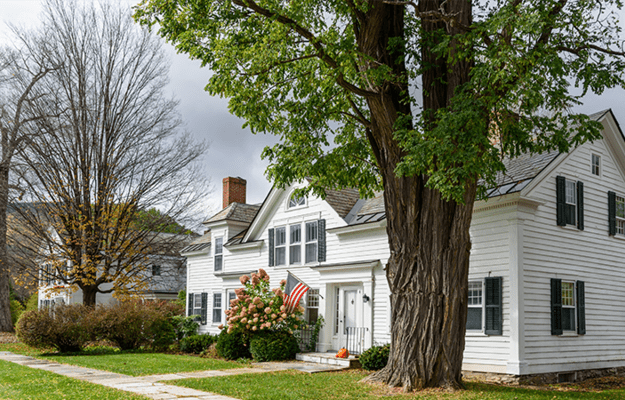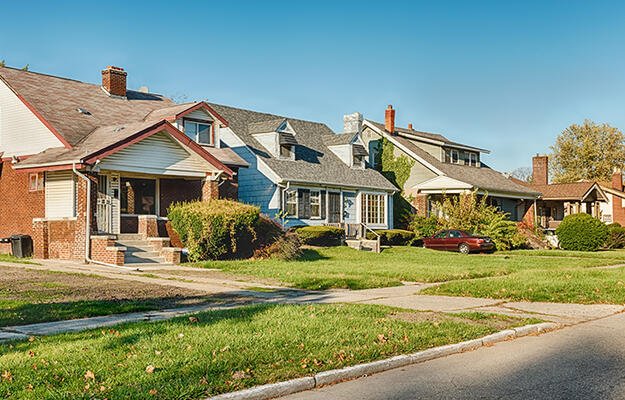
Why the Homeownership Rate Dropped and Where it may Go
- Title:
- Why the Homeownership Rate Dropped and Where it may Go
- Author:
-
Susan Wachter and Arthur Acolin
- Source:
- Publication Date:
-
2016
The changing impact of borrowing constraints accounts for a “substantial share of the measured increase and subsequent decrease in the homeownership rate between 2001 and 2013,” according to a research brief by Susan Wachter and Arthur Acolin of the Penn Institute for Urban Research. Demographic changes are the other principal reason the national homeownership rate is at a 48-year low, the authors write. They estimate that demographics alone could drive the rate down to 58 percent in 2050, from 64 percent today. If credit conditions are unchanged and home prices and rents continue to outpace wages in accordance with the current trend, the homeownership rate could drop to 50 percent.
Major findings:
- Since 2006, the number of homeowners has decreased by 674,000 while the number of renters has increased by over 8 million in the U.S, reversing an annual rate of increase of more than 1 percent in the number of homeowners between 1980 and 2000.
- The decline in homeownership has played out at the same magnitude in cities as in suburbs and surveys show the homeownership remains a high aspiration for many Americans, so the decline cannot be attributed simply to shifting preferences to an urban renter lifestyle.
- If borrowing constraints today were are their 2001 level, the homeownership rate would be 2.3 percentage points higher and at approximately post World War II-average levels.
- “Reforms to restructure U.S. housing finance and provide clarity to market actors will determine whether the American mortgage remains available to a broad range of borrowers or if the current regime of heightened numbers of borrowing-constrained individuals becomes a new normal.”


